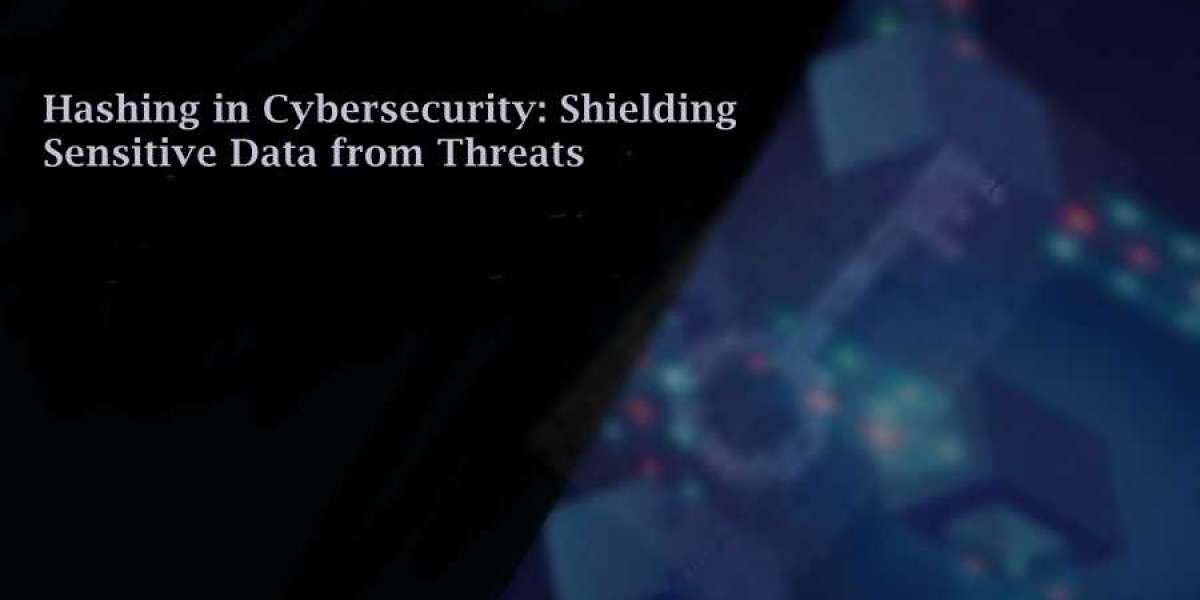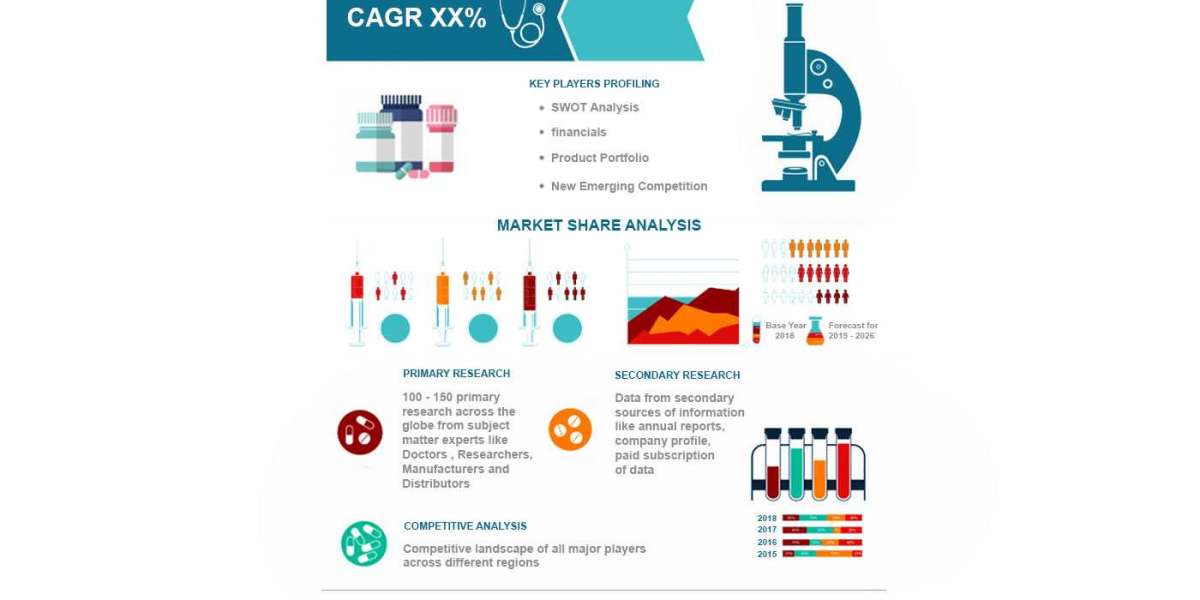In the evolving landscape of cybersecurity, the protection of sensitive information is a top priority. Among the various tools and techniques employed, hashing stands out as a critical method for securing data. Hashing, a process that converts data into a fixed-length string of characters, plays a pivotal role in safeguarding information from a wide array of threats. This article delves into how hashing fortifies cybersecurity by ensuring data integrity, authentication, and confidentiality.
The Role of Hashing in Data Integrity
Hashing is essential for maintaining data integrity, a crucial aspect of cybersecurity. Data integrity ensures that information remains accurate, consistent, and unaltered from its original state. Hash functions transform input data into a unique hash value. Even the slightest change in the input data results in a significantly different hash value, enabling easy detection of tampering or corruption.
For instance, in file storage and transmission, hash values are used to verify that the data has not been altered. When a file is received or retrieved from storage, its hash value is recalculated and compared to the original hash value. If the values match, the data is intact; if they differ, it indicates tampering or corruption. This capability is fundamental in protecting data from unauthorized modifications.
Enhancing Authentication with Hashing
Authentication, the process of verifying the identity of a user or system, is another critical area where hashing is employed. In cybersecurity, hashing ensures secure authentication mechanisms, such as password storage and verification.
When users create passwords, secure systems do not store the passwords themselves but store their hash values. During login attempts, the entered password is hashed, and the resulting value is compared to the stored hash. If they match, access is granted. This method protects passwords from being exposed in plain text, even if the database is compromised.
Additionally, hashing can generate secure tokens for authentication processes. These tokens can be used for session management, API authentication, and single sign-on (SSO) solutions, ensuring that user sessions and communications remain secure without exposing sensitive credentials.
Confidentiality and Privacy Through Hashing
Confidentiality and privacy are paramount in protecting sensitive data, and hashing plays a significant role in this domain. By transforming sensitive information into hash values, data can be anonymized and protected from unauthorized access.
For example, in data anonymization, personal identifiers such as Social Security numbers or credit card details can be hashed, creating a unique but non-reversible identifier. This allows organizations to use and analyze the data without exposing the original sensitive information, thus preserving privacy while still enabling valuable data insights.
Hashing also supports encryption processes. While encryption transforms data into an unreadable format that can be reverted using a decryption key, hashing provides a way to ensure that the data has not been tampered with during encryption and decryption processes. Hash functions verify that encrypted data remains unchanged, adding an additional layer of security.
Combating Data Breaches with Hashing
Data breaches pose a significant threat to organizations and individuals alike. Hashing offers robust protection against such breaches by securing sensitive information even if unauthorized access occurs.
For instance, in case of a breach where attackers gain access to a database, hashed data remains protected. Without the original input, reversing the hash function to retrieve the actual data is computationally infeasible, rendering the stolen information useless to the attackers. This security measure is crucial for protecting personal and financial information stored in databases.
Moreover, hashing is employed in digital signatures and certificates, which are essential for securing communications and verifying the authenticity of digital documents. By hashing the content of a message or document and encrypting the hash with a private key, digital signatures provide a way to ensure that the content has not been altered and to confirm the sender's identity.
The Future of Hashing in Cybersecurity
As cyber threats continue to evolve, so too must our defense mechanisms. The future of hashing in cybersecurity involves developing more advanced and robust hash functions that can withstand increasingly sophisticated attacks.
Quantum computing, for example, poses a potential threat to current cryptographic methods, including hashing. Researchers are actively exploring quantum-resistant hash functions that can provide the same level of security in a post-quantum world.
In addition to developing new hash functions, integrating hashing with other security technologies, such as blockchain and artificial intelligence, holds promise for creating more comprehensive and resilient cybersecurity solutions. Blockchain, for instance, uses hashing to ensure the integrity of its distributed ledger, making it tamper-proof and secure.
Conclusion
Hashing is a cornerstone of modern cybersecurity, offering essential protection for data integrity, authentication, and confidentiality. By converting data into unique hash values, hashing secures sensitive information from a wide range of threats. As technology advances, the role of hashing in cybersecurity will continue to grow, driving the development of more sophisticated and robust security solutions. Embracing hashing technology is not just a necessity but a strategic imperative in safeguarding our digital future.









